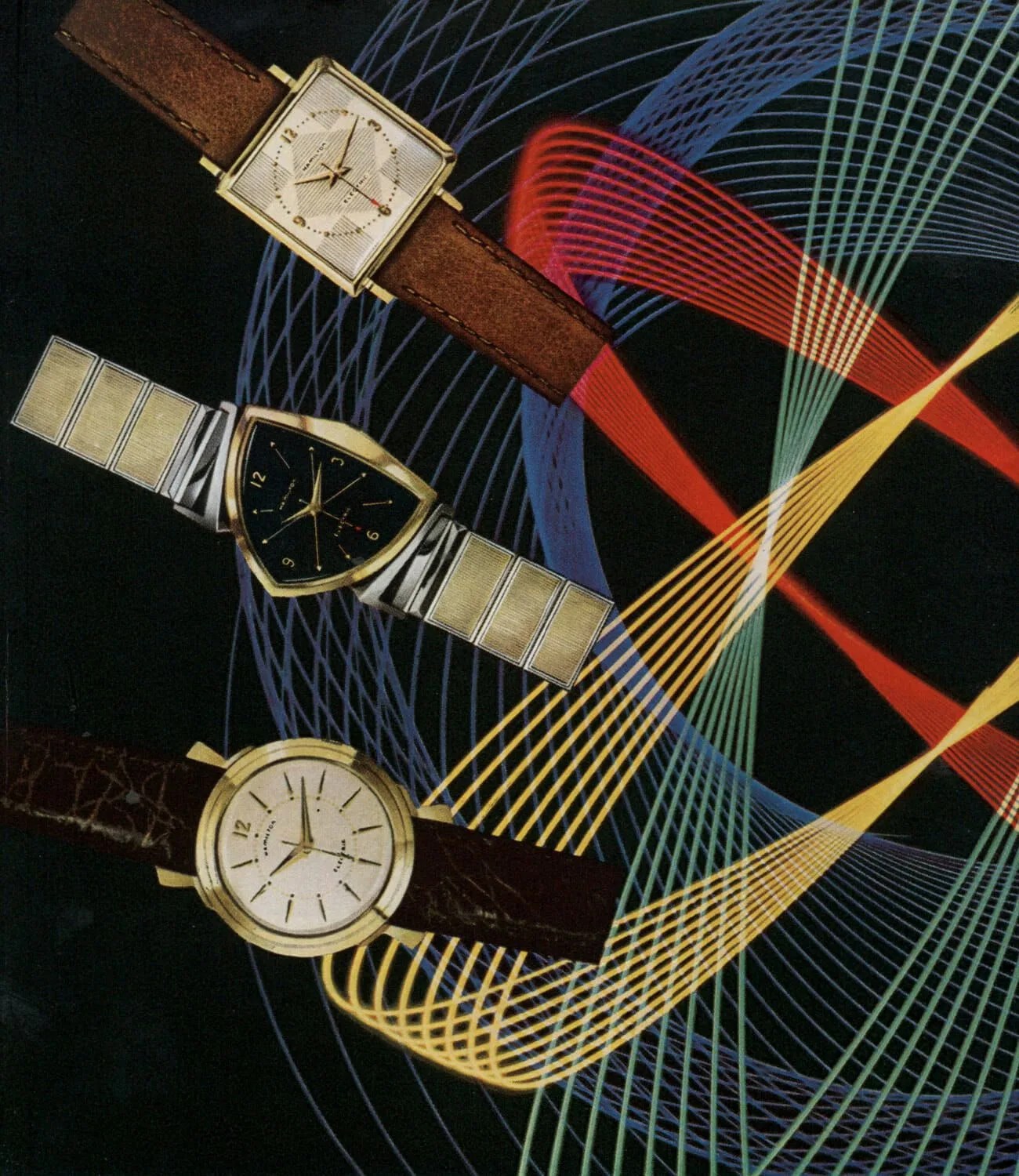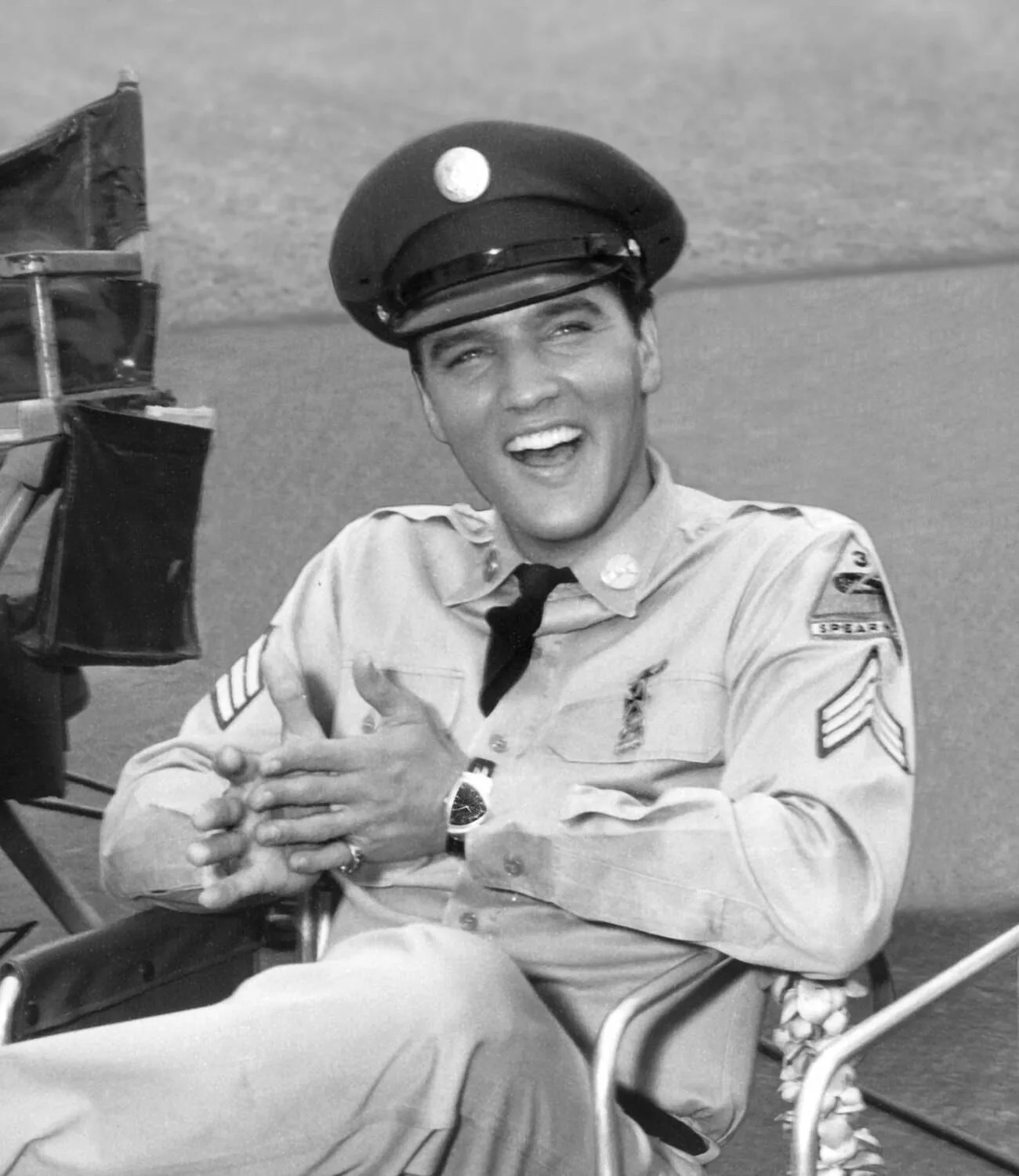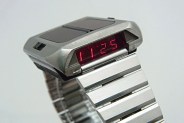Welcome to Watches You Should Know, a biweekly column highlighting little-known watches with interesting backstories and unexpected influence. This week: the Hamilton Electric.
Among historic, technically significant watches, the Hamilton Ventura is quite possibly the weirdest-looking. There’s no pragmatic purpose for its angular, Art-Deco, retro-futuristic case shape, but it was fundamentally different from any watch before it, and it was imperative that it also look different. In 1957, it was among the collection Hamilton introduced as the world’s first electric-powered watches.
More Watches You Should Know
• Bulova Accutron Spaceview
• Citizen X-8 Chronometer
• Fiyta Spacemaster
Until that time, wristwatches were exclusively mechanical, running on the energy of a spring (the “mainspring”) slowly unwinding. Batteries were finally getting small enough to feasibly fit inside timepieces and replace the mainspring as the power source, but this required a new kind of movement to be developed. Hamilton was the company to win the race as the first to bring such a watch to market.

At debut, the first Hamilton Electric watches were still buggy, though they’d improve in subsequent years. They were powered by a movement called the 500 (later upgraded to the 505), which in some ways looked like a traditional mechanical movement: it used a gear train and a balance wheel designed to oscillate in a similar way to that of a traditional mechanical system.
While some structures were similar to those in mechanical movements, naturally, the electric movement as a whole was technically quite different, using elements such as magnets and an electromagnetic coil. This was still long before vibrating quartz crystals would be introduced in 1969 as a far superior way to regulate an electric current for timekeeping.


